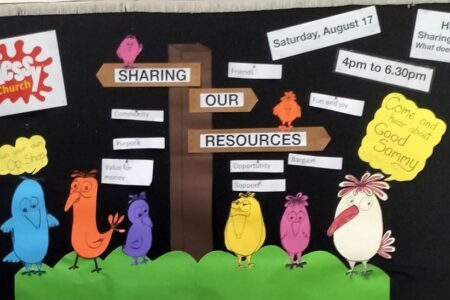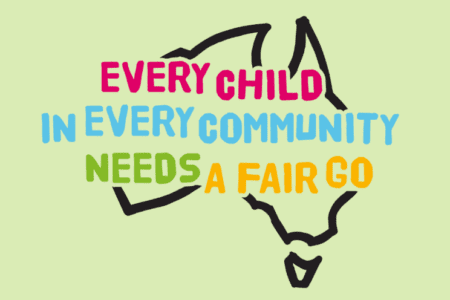A Framework for Online Intergen Worship
In Victoria, churches have been gathering online in various ways for six months, and the end of this season remains beyond the horizon. Digital church gatherings may continue to be part of our communities going forward, as many have discovered the numerous benefits of offering online worshipping community.
This is the perfect time to re-evaluate our virtual worship practices, looking especially at who is represented and who is missing. Many churches have noticed that most children, youth, and families are not participating in their main Sunday online worship offerings. This has led to many questions: Should we be offering something separate for families? Or could we change what we are doing to better engage all ages? The answer to these questions, as always, depends on your context. This is new territory for all of us, and we do not pretend to be experts here. What you’ll find below are suggestions for experimentation. We’re thankful to the Building Faith project from VTS for their leadership and work in this area.
Considerations for Online Worship for Intergenerational Communities
Aim
The first thing to consider is your goal. What is worship? What is most important within worship? Is worship something we watch, or something we create? Your understanding of worship will have profound implications on the logistical decisions you make.
Where?
There are multiple platform options for online worship (check out Resources for worship in Stage 3 restrictions). If one of your goals is to actively engage all ages, we recommend Zoom. Worshiping on Zoom provides built-in connection & response—people see each other and can have an experience of participating together. It also makes it easy to have a variety of worship leaders and ways to participate.
Length of Service
Keep it short and consistent. We recommend 45 minutes. Try to keep the service the same length each week, that way everyone knows what to expect.
Gather Intentionally
The gathering is important. Use this time to build community and maintain meaningful connection. Make sure there is someone welcoming each household by name as they arrive. Invite everyone to connect. Start the liturgy 5-10 minutes after the stated start time.
Embodiment
Worship is meant to be a full body experience. We sit, stand, kneel, shake hands, hug, and go to the altar rail. We hear different voices and types of music. Often we taste the bread and wine. Sometimes we even smell incense. We cannot fully recreate this online, but if we want to actively engage folks in worship we need to attend to embodiment. How can we encourage movement? How can we offer a variety of voices? How can we use symbols and images creatively? In her congregation, Rev Miranda Hassett has been exploring the use of gestures as visual cues that let us know we are worshiping and responding together. Check out this video what this looks like in Miranda’s context.
Because we are not used to worshiping online, it is helpful for leaders to offer suggestions about how people might engage their bodies and senses during each part of the liturgy. For example, The Rev. Sylvia Miller-Mutia suggests inviting people of all ages to draw, journal, doodle, or sculpt during the lessons and sermon. At the end of the sermon, the preacher might say, “The Spirit of God speaks to us in all sorts of ways, and we listen for God in all sorts of ways, not only with our ears, but with our eyes and hands, with our whole bodies, and hearts, and minds. If you have been listening with your hands today, I invite you to share what you’ve created by holding it up to the screen so the church can practice listening with our eyes…on the count of 3… 1…2…3..”
The Music
Music is one of the most important aspects of intergenerational worship. Music can offer us embodiment, connection, and active engagement – even over Zoom.
Leadership
Sharing the work is an important aspect of any worship for all ages. Train leaders of all ages to participate in as many ways as you can imagine. Have a mix of children and adult leaders each week.
The Episcopal Diocese of Milwaukee has developed a great conversation tool for church leadership – Digital Space Conversation (PDF)
A Possible Outline
Need somewhere to start? Why not try this:
Gathering (5 minutes)
Welcome & Technology Notes (1 minute)
Opening Song (1.5 minutes)
Song of Praise (1.5 minutes)
Bible Reading (3-4 minutes)
Audiovisual reflection (2-3 minutes)
Sermon (7-8 minutes)
Open Sermon Reflection: What stood out to you? (5 minutes)
Prayers of the People (6 minutes) *Keep the formal prayers short and offer a time of open intercessions
The Lord’s Prayer (3 minutes)
“The grace of our Lord Jesus Christ…” or a Blessing or The Exchange of the Peace (3 minutes)
Closing Song (1.5 minutes)
Got ideas or experience to share? Get in touch & we’d love to add to this article. Email bradon.french<@>victas.uca.org.au





